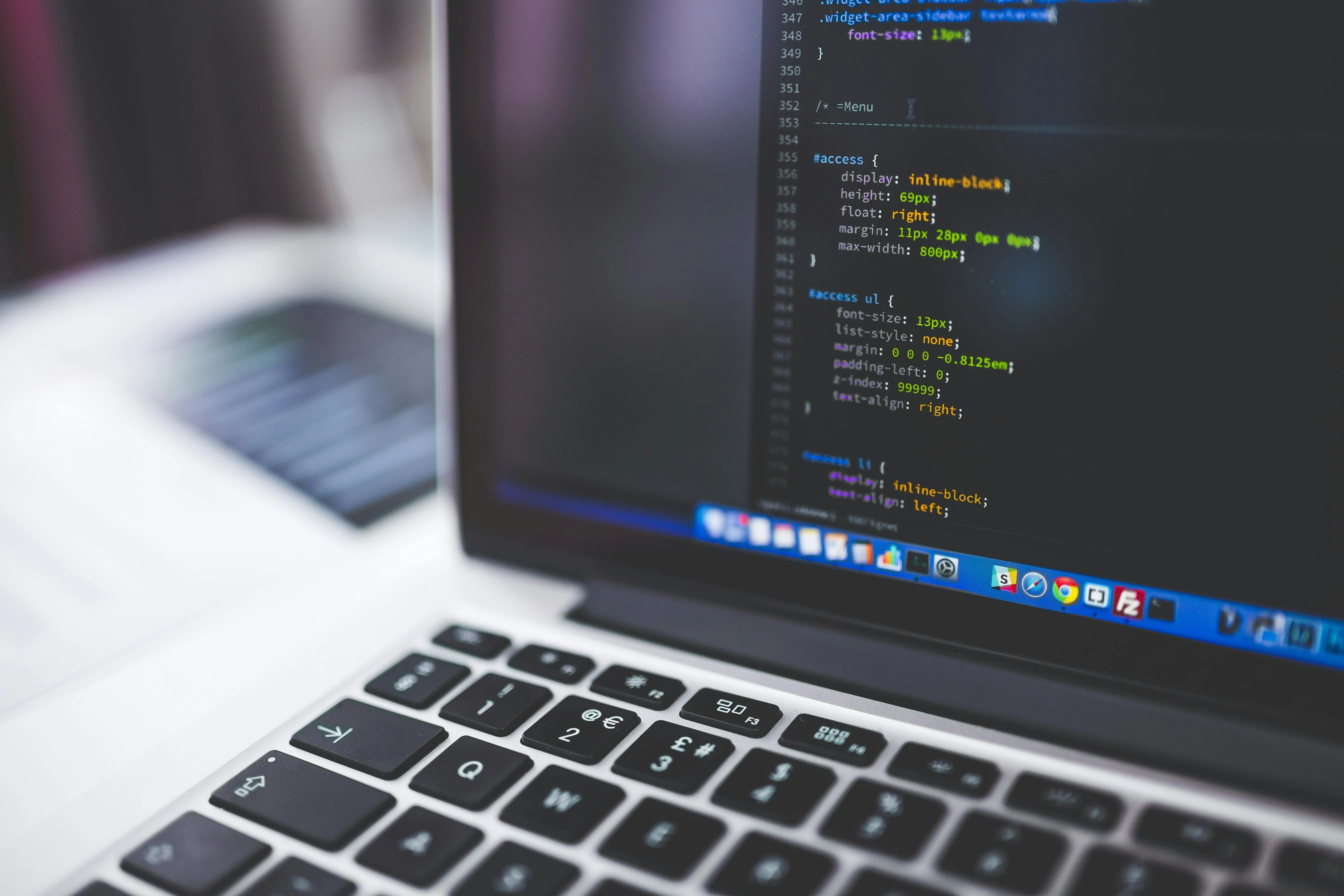No third-party widgets. No code-heavy solutions. Just a clean user experience and smooth rentals. If you’ve ever tried to build a rental platform in Webflow, whether it’s for real estate, equipment, or events, you’ve probably come across one big challenge: “How do I let users choose a start and end date without leaving Webflow?”

No third-party widgets. No code-heavy solutions. Just a clean user experience and smooth rentals.
If you’ve ever tried to build a rental platform in Webflow, whether it’s for real estate, equipment, or events, you’ve probably come across one big challenge:
“How do I let users choose a start and end date without leaving Webflow?”
Webflow doesn’t include a built-in calendar or date range picker like Airbnb or Booking.com. But that didn’t stop me.
In this post, I’ll show you how I built a fully functional, custom date picker inside Webflow, ideal for rental platforms that need a smooth, modern date selection without leaving the Webflow ecosystem.
I was building a rental website where users had to:
And I didn’t want to rely on expensive third-party integrations or code-heavy JavaScript libraries that broke Webflow’s native flow.
In Webflow Designer:
Give each input a unique ID:
This allows the JavaScript to target the date picker fields.
Go to Page Settings (or Project Settings if it's at the page-wide level)
In the area Before the </body> tag, paste this:
<!-- Flatpickr Date Picker -->
<link rel="stylesheet" href="https://cdn.jsdelivr.net/npm/flatpickr/dist/flatpickr.min.css">
#rental-date refers to the ID I gave my input field in WebflowminDate: "today" to prevent past bookingsdisable lets me block booked dates (which I’ll later automate with a CMS)onChange function saves the picked date into a hidden field
Although Flatpickr comes with default styles, I wanted a unique look.
I added a CSS embed with custom colors and fonts to match the rest of the site.
To disable dates dynamically based on availability, I connected the date picker to Webflow’s CMS via JavaScript.
I pulled booked dates from a Bookings collection and passed them into the disable array.
This requires exporting your CMS data as JSON or using Webflow’s API - a topic I’ll cover in another post.
The final result was a custom, branded date picker, fully responsive, integrated with Webflow forms, and tailored for the rental platform’s needs.
Users can now easily pick dates, avoid selecting unavailable ones, and have a smooth booking experience -all inside Webflow.
If you’re building a rental site on Webflow, I highly recommend experimenting with custom scripts like Flatpickr. With a little custom code, you can overcome most Webflow limitations and create a UX that feels premium and reliable.